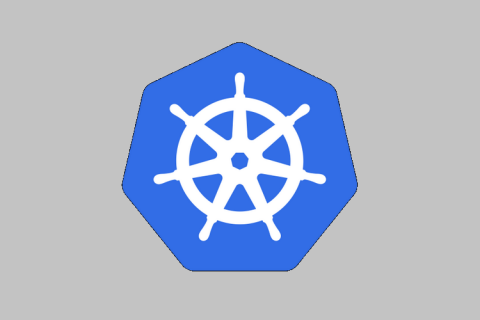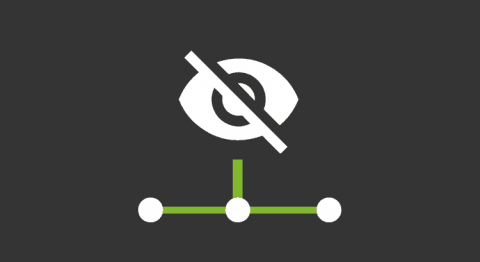timeShift(GrafanaBuzz, 1w) Issue 74
Happy New Year! We hope you had a relaxing and safe holiday season, but now it’s time to get back to work! This week we share articles on the UX of Loki, visualizing pull request data from BitBucket, monitoring and observability predictions for 2019 and more! Also, we’ll be making some exciting announcements for GrafanaCon in the coming days, so stay tuned and get your ticket now!











